Whether you’re feeling ready for it or not, winter is here, and it’s not going away anytime soon. If you’re already tired of the cold, you should consider doing a few simple things to get your student rental ready for the cold season. By winterizing your apartment, you can be more cozy and comfortable, without spending a fortune on your heating bills.
Here is a handy tutorial on how to winterize your apartment:
Step #1: Get some warm area rugs
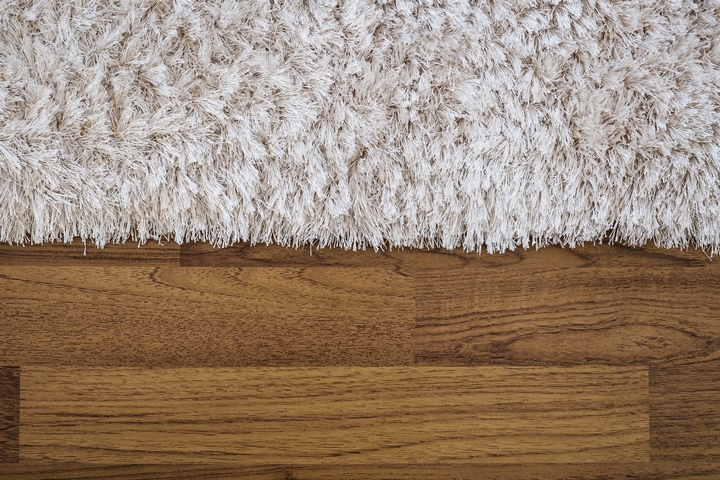
Of course, heat can also escape your apartment through your floorboards, and the easiest way to insulate the floor is to place some area rugs on it.
An area rug will also prevent you from walking on the cold floor with your bare feet when you get out of bed, which will always help you start the day on the right foot. Be sure to pick with an area rug with a contemporary design, which will match with the interior design of your student rentals.
Step #2: Get a humidifier for your apartment
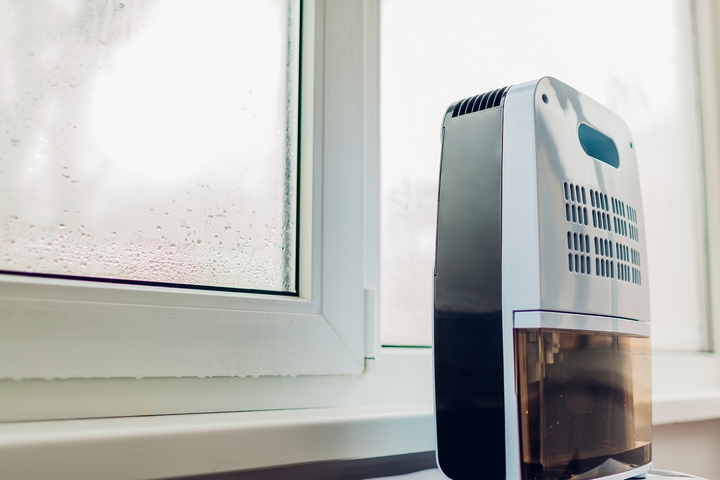
If you use a dehumidifier during the hot summer months, you might want to switch to a humidifier in the winter. Cold air holds less moisture than warm air, and moisture is important to keep your skin and your throat healthy.
A humidifier, even if it’s only a small portable one, will help you forget about your dry flaky skin and scratchy throat.
Step #3: Add some insulation to your apartment windows

Turning on the heat is useless if most of this heat is escaping your apartment through your window panes. The easy solution is to buy curtains made from some heavy fabrics to add some insulation to your windows.
You can also buy a window insulation kit, which contains some plastic film that you can install with double-sided tape and a hairdryer.
Step #4: Buy draft guards for your doors
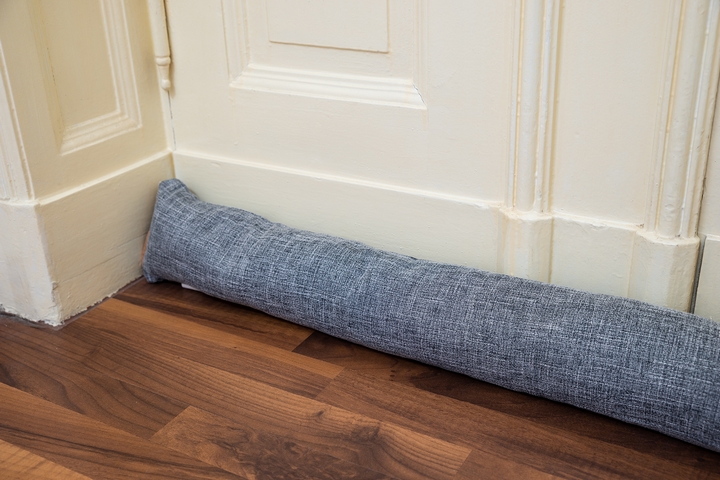
One of the best way on how to winterize your apartment is to use draft guards. A draft guard is a long bean bag that is meant to cover the gap between a door and the floor. If cold air is entering your apartment through that gap, you need a draft guard.
If you have a sewing machine and some scraps of fabric, you could even make your own draft guard. All you need to do is fill it up with sand.
Step #5: Insulate your wall outlets and light switch plates

Where is this cold draft coming from? Well, it could be coming from one of your electrical wall outlets. If you notice this is the case, you should insulate your wall outlets and light switch plates.
For this purpose, you can use expandable foam, or some foam insulating pads that are made for outlets and light switch plates.
Step #6: Don’t hesitate to decorate your apartment walls
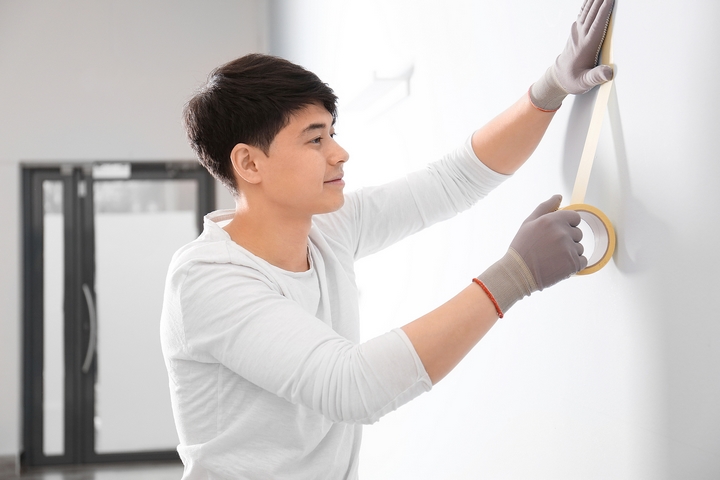
Heat can also leave your apartment through the exterior walls, so you should consider insulating these walls as well. But how can you do this?
Something as simple as hanging picture frames, mirrors, or even posters on the walls can help reduce the energy transfer. You can also place bookshelves against the walls for extra insulation.
Step #7: Keep a boot mat close to your door
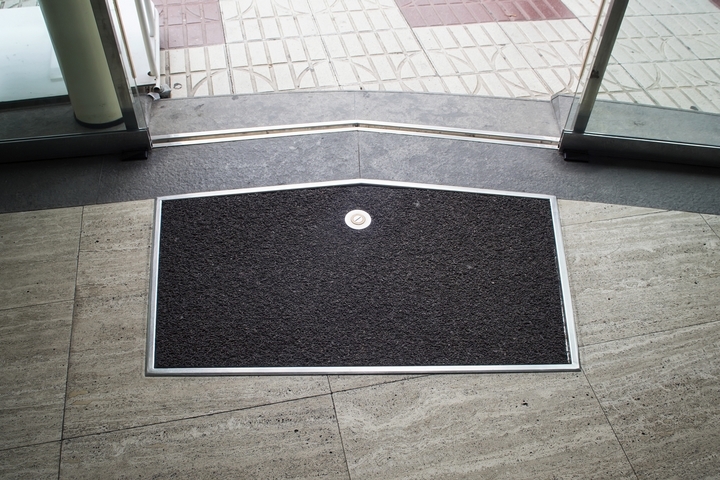
Speaking of starting the day on the right foot, the sand and the salt that are placed on the icy sidewalk will keep you from slipping and falling. However, you don’t want to bring them into your apartment at the end of the day.
To keep your floors clean, keep a boot mat close to your apartment door, and make sure everyone who enters your winterized home leaves their dirty boots on it.
Step #8: Invest in some winter bedding
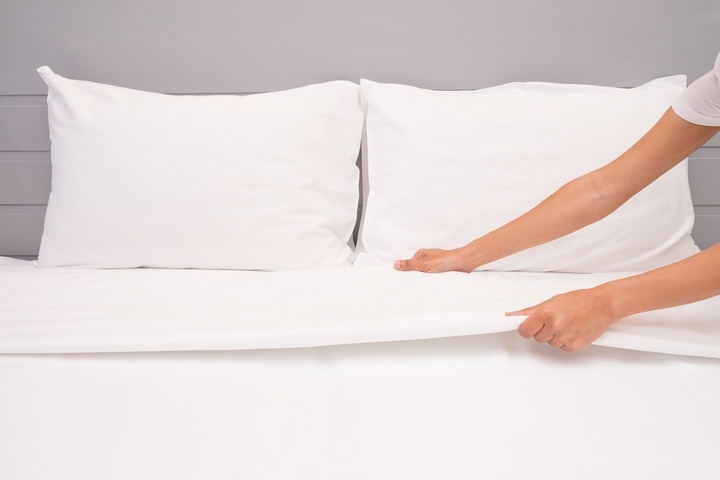
You will be able to turn the heat down a little during the night and save a bit of money if you have some winter bedding on your bed.
Think about flannel sheets, a few extra blankets, a mattress pad, and a big fluffy comforter to keep you cozy while you sleep.
Step #9: Wear a warm sweater in your apartment

Even if your apartment is well insulated, turning up the heat will cost you some money. If your budget is tight, you should consider bundling up with many layers of clothes instead.
A warm sweater, warm socks and slippers will help you feel more cozy. Don’t forget to wrap yourself in a soft blanket while you sit in front of the television.
Step #10: Use the reverse switch of your ceiling fan

Do you have a ceiling fan somewhere in your apartment? If so, it certainly has a reverse switch you can use during the winter.
When you reverse your ceiling fan so it turns in a clockwise direction, it will blow the warm air that has accumulated near the ceiling down into the room so you can feel warmer.
Step #11: Use your oven instead of your microwave
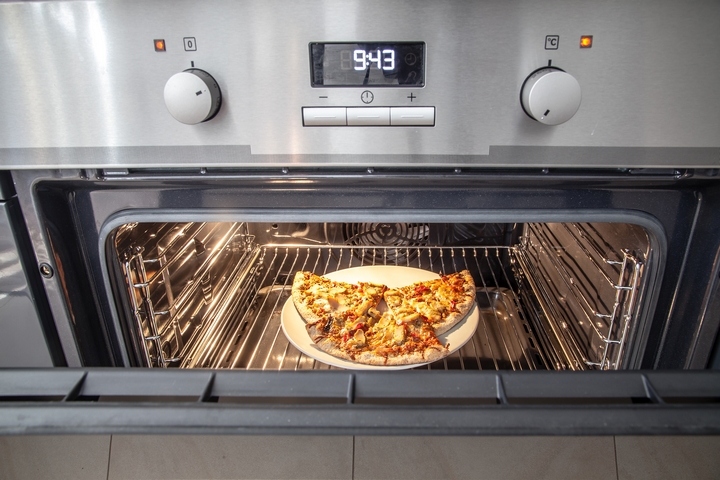
Finally, if you are using your microwave more often than your regular oven, you might want to consider changing this habit during the winter.
Your oven uses more energy than your microwave, but the heat it produces while your delicious comfort food is cooking will warm up your kitchen.




